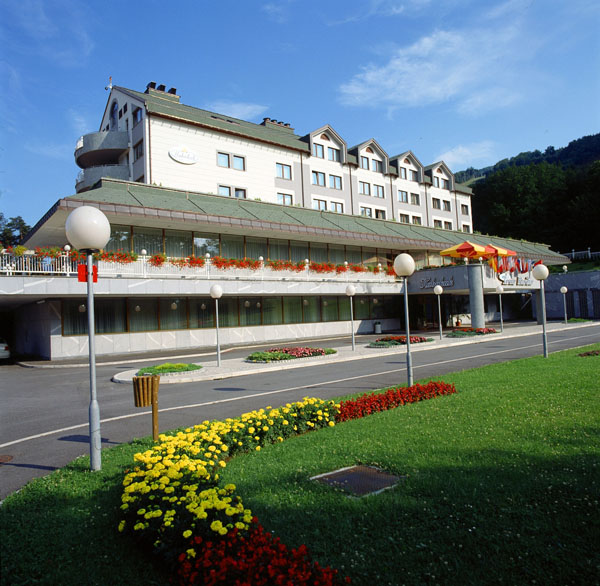Bojan Blažica, Daniel Vladušič & Dunja Mladenić
Abstract
This paper describes our approach to hand detection on a multitouch surface i.e. detecting how many hands are currently on the surface and associating each touch point to its corresponding hand. Our goal was to find a general software-based solution to this problem applicable to all multitouch surfaces regardless of their construction. We therefore approached hand detection with a limited amount of information: the position of each touch point. We propose HDCMD (Hand Detection with Clustering on Multitouch Displays), a simple clustering algorithm based on heuristics that exploit the knowledge of the anatomy of the human hand. The proposed hand detection algorithm’s accuracy evaluated on synthetic data (97%) significantly outperformed XMeans (21%) and DBScan (67%).
[Link – Springer]

